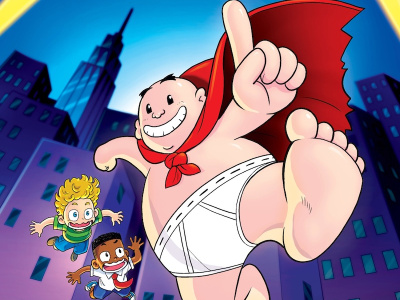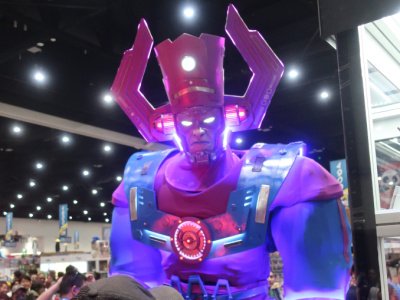In Sunday's New York Times Magazine Rob Walker devoted his 'Consumed' column to manga, which he called 'one of the few bright spots [in bookstores] as overall book sales are sinking.' Citing market statistics from ICv2, Walker discussed two of the top manga titles of 2004, Rurouni Kenshin and Fruits Basket.
Walker's explanation for the popularity of manga in the U.S. relied not on 'any specific desire for things Japanese,' but focused on 'things that simply represent some notion of global culture.'
He quotes Claude Grunitzky, author of Transculturalism: How the World is Coming Together, who believes, 'A lot of young people are really disillusioned with a U.S.-centric view of the world,' and finds manga appeals because 'it looks like something that's out of another galaxy.'
While intriguing, Walker's thesis undervalues the quality and breadth of material produced by the Japanese manga publishers. Perhaps Japanese pop culture is popular here in part because it opens up a new 'alien' world of narrative and experience, but no other global society is as dedicated to sequential illustration (manga) and animation as is Japan, and there is no real global competitor with a graphic tradition or output that can come close to matching the Japanese.
Yes, we Americans may have invented the comic book and the animated cartoon, but we have relegated them (for the most part) to male adolescent power fantasies (superhero comic books) and children's entertainment (animation).







